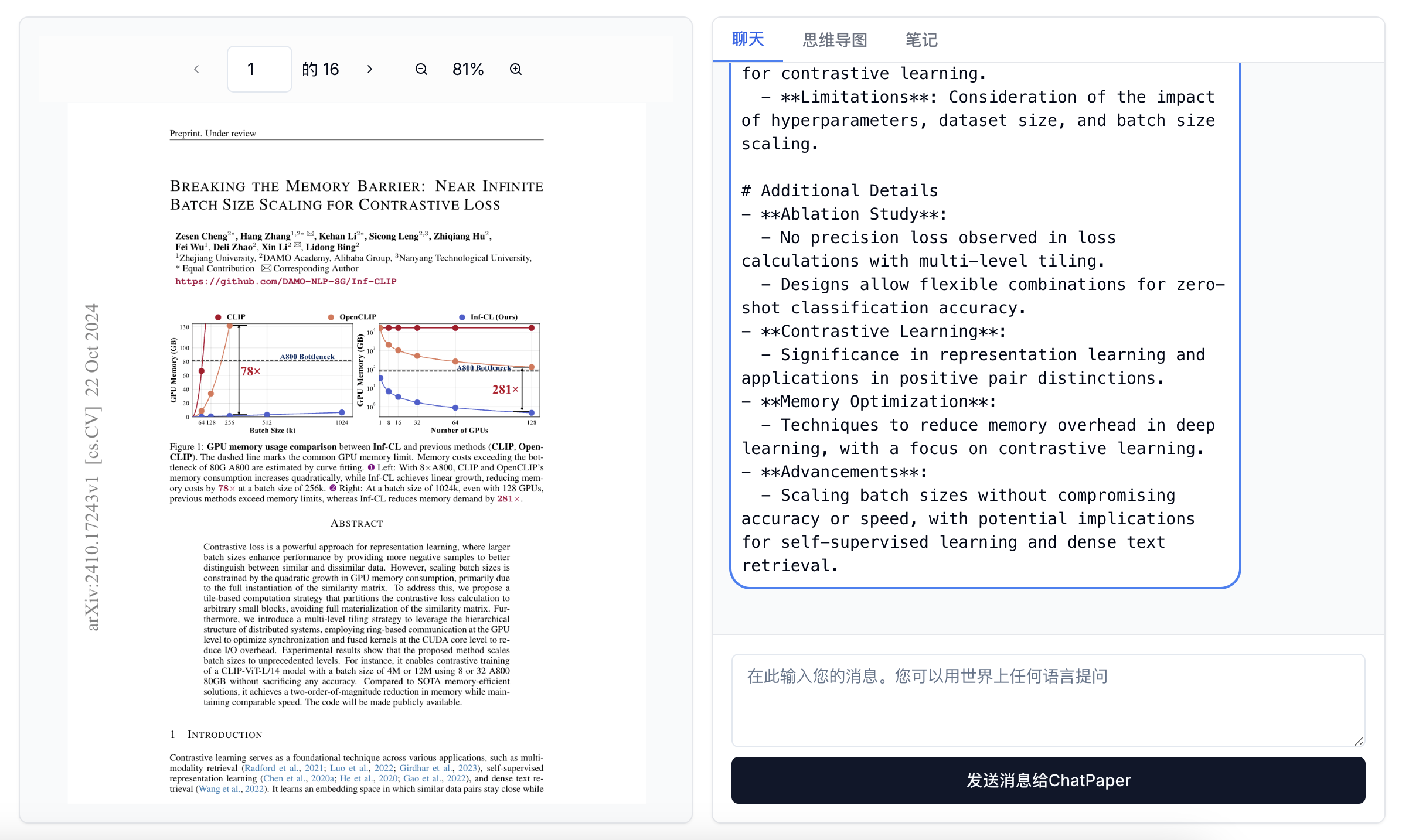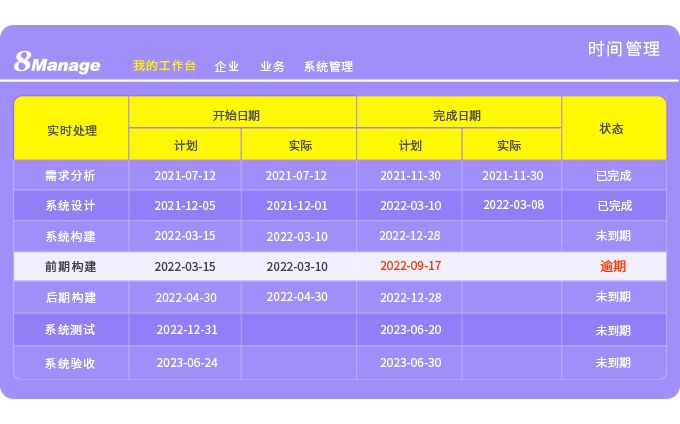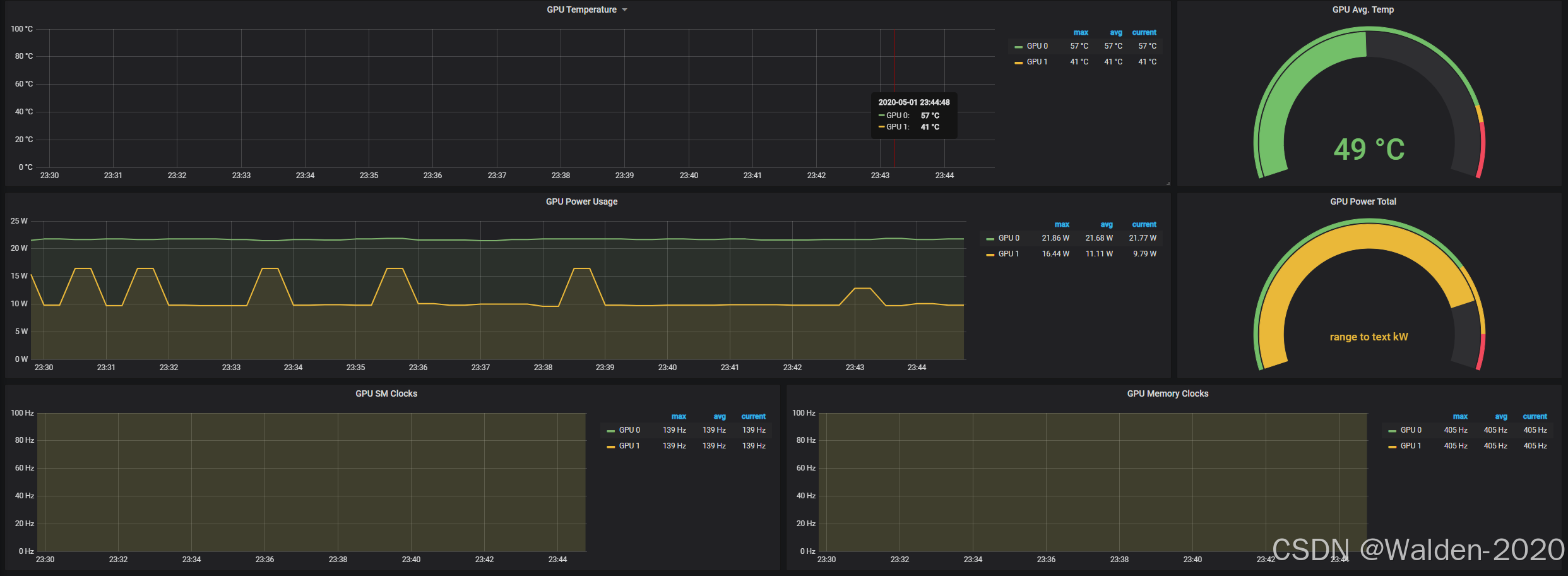基于Python 3.9版本演示
一、写在前面
最近看了一篇在Lancet子刊《eClinicalMedicine》上发表的机器学习分类的文章:《Development of a novel dementia risk prediction model in the general population: A large, longitudinal, population-based machine-learning study》。
学到一种叫做“概率校准”的骚操作,顺手利用GPT系统学习学习。
文章中用的技术是:保序回归(Isotonic regression)。
为了体现举一反三,顺便问了GPT还有哪些方法也可以实现概率校准。它给我列举了很多,那么就一个一个学习吧。
这一期,介绍一个叫做 Quantile Calibration 的方法。
二、Quantile Calibration
Quantile Calibration基于分位数回归的思想,其核心是调整模型的预测分布,使得不同分位数上的预测值与真实值的匹配更加准确。具体来说,Quantile Calibration会根据训练数据集上不同分位数的预测误差来调整模型的输出,使得校准后的预测能够在给定的置信水平下更准确地覆盖真实值。
(1)主要步骤
1)训练模型: 首先,使用训练数据集训练一个机器学习模型,得到预测值和相应的置信区间。
2)计算分位数误差: 在验证集上计算模型的预测误差,特别是关注在不同分位数上的误差。例如,计算第10百分位数、第50百分位数(中位数)、第90百分位数的预测误差。
3)调整预测分布: 根据不同分位数上的误差,调整模型的预测分布。这可以通过调整预测的分位数值,使其与真实值的分布更加匹配。例如,如果第90百分位数的预测值系统性地低于真实值,那么可以将第90百分位数的预测值向上调整。
4)验证校准效果: 在独立的验证集或测试集上验证校准效果,确保校准后的模型能够在不同分位数上更准确地反映真实值的分布。
三、Quantile Calibration代码实现
下面,我编一个1比3的不太平衡的数据进行测试,对照组使用不进行校准的SVM模型,实验组就是加入校准的SVM模型,看看性能能够提高多少?
(1)不进行校准的SVM模型(默认参数)
import numpy as np
import matplotlib.pyplot as plt
import pandas as pd
from sklearn.model_selection import train_test_split
from sklearn.preprocessing import StandardScaler
from sklearn.svm import SVC
from sklearn.metrics import confusion_matrix, roc_auc_score, roc_curve
# 加载数据
dataset = pd.read_csv('8PSMjianmo.csv')
X = dataset.iloc[:, 1:20].values
Y = dataset.iloc[:, 0].values
# 分割数据集
X_train, X_test, y_train, y_test = train_test_split(X, Y, test_size=0.30, random_state=666)
# 标准化数据
sc = StandardScaler()
X_train = sc.fit_transform(X_train)
X_test = sc.transform(X_test)
# 使用SVM分类器
classifier = SVC(kernel='linear', probability=True)
classifier.fit(X_train, y_train)
# 预测结果
y_pred = classifier.predict(X_test)
y_testprba = classifier.decision_function(X_test)
y_trainpred = classifier.predict(X_train)
y_trainprba = classifier.decision_function(X_train)
# 混淆矩阵
cm_test = confusion_matrix(y_test, y_pred)
cm_train = confusion_matrix(y_train, y_trainpred)
print(cm_train)
print(cm_test)
# 绘制测试集混淆矩阵
classes = list(set(y_test))
classes.sort()
plt.imshow(cm_test, cmap=plt.cm.Blues)
indices = range(len(cm_test))
plt.xticks(indices, classes)
plt.yticks(indices, classes)
plt.colorbar()
plt.xlabel('Predicted')
plt.ylabel('Actual')
for first_index in range(len(cm_test)):
for second_index in range(len(cm_test[first_index])):
plt.text(first_index, second_index, cm_test[first_index][second_index])
plt.show()
# 绘制训练集混淆矩阵
classes = list(set(y_train))
classes.sort()
plt.imshow(cm_train, cmap=plt.cm.Blues)
indices = range(len(cm_train))
plt.xticks(indices, classes)
plt.yticks(indices, classes)
plt.colorbar()
plt.xlabel('Predicted')
plt.ylabel('Actual')
for first_index in range(len(cm_train)):
for second_index in range(len(cm_train[first_index])):
plt.text(first_index, second_index, cm_train[first_index][second_index])
plt.show()
# 计算并打印性能参数
def calculate_metrics(cm, y_true, y_pred_prob):
a = cm[0, 0]
b = cm[0, 1]
c = cm[1, 0]
d = cm[1, 1]
acc = (a + d) / (a + b + c + d)
error_rate = 1 - acc
sen = d / (d + c)
sep = a / (a + b)
precision = d / (b + d)
F1 = (2 * precision * sen) / (precision + sen)
MCC = (d * a - b * c) / (np.sqrt((d + b) * (d + c) * (a + b) * (a + c)))
auc_score = roc_auc_score(y_true, y_pred_prob)
metrics = {
"Accuracy": acc,
"Error Rate": error_rate,
"Sensitivity": sen,
"Specificity": sep,
"Precision": precision,
"F1 Score": F1,
"MCC": MCC,
"AUC": auc_score
}
return metrics
metrics_test = calculate_metrics(cm_test, y_test, y_testprba)
metrics_train = calculate_metrics(cm_train, y_train, y_trainprba)
print("Performance Metrics (Test):")
for key, value in metrics_test.items():
print(f"{key}: {value:.4f}")
print("\nPerformance Metrics (Train):")
for key, value in metrics_train.items():
print(f"{key}: {value:.4f}")结果输出:

记住这些个数字。
这个参数的SVM还没有LR好。
(2)进行校准的SVM模型(默认参数)
import numpy as np
import matplotlib.pyplot as plt
import pandas as pd
from sklearn.model_selection import train_test_split
from sklearn.preprocessing import StandardScaler
from sklearn.svm import SVC
from sklearn.metrics import confusion_matrix, roc_auc_score, brier_score_loss, precision_score, f1_score, matthews_corrcoef
from sklearn.isotonic import IsotonicRegression
# 加载数据
dataset = pd.read_csv('8PSMjianmo.csv')
X = dataset.iloc[:, 1:20].values
Y = dataset.iloc[:, 0].values
# 分割数据集
X_train, X_test, y_train, y_test = train_test_split(X, Y, test_size=0.30, random_state=666)
# 标准化数据
sc = StandardScaler()
X_train = sc.fit_transform(X_train)
X_test = sc.transform(X_test)
# 使用SVM分类器
classifier = SVC(kernel='rbf', C=0.1, probability=True)
classifier.fit(X_train, y_train)
# 获取未校准的概率预测
y_train_probs = classifier.predict_proba(X_train)[:, 1]
y_test_probs = classifier.predict_proba(X_test)[:, 1]
# 使用Quantile Calibration
class QuantileCalibrator:
def __init__(self):
self.isotonic_regressor = IsotonicRegression(out_of_bounds='clip')
def fit(self, probs, true_labels):
self.isotonic_regressor.fit(probs, true_labels)
def transform(self, probs):
return self.isotonic_regressor.transform(probs)
# 训练Quantile Calibrator
quantile_cal = QuantileCalibrator()
quantile_cal.fit(y_train_probs, y_train)
# 进行校准
calibrated_train_probs = quantile_cal.transform(y_train_probs)
calibrated_test_probs = quantile_cal.transform(y_test_probs)
# 预测结果
y_train_pred = (calibrated_train_probs >= 0.5).astype(int)
y_test_pred = (calibrated_test_probs >= 0.5).astype(int)
# 混淆矩阵
cm_test = confusion_matrix(y_test, y_test_pred)
cm_train = confusion_matrix(y_train, y_train_pred)
print(cm_train)
print(cm_test)
# 绘制混淆矩阵函数
def plot_confusion_matrix(cm, classes, title='Confusion Matrix'):
plt.imshow(cm, cmap=plt.cm.Blues)
indices = range(len(cm))
plt.xticks(indices, classes)
plt.yticks(indices, classes)
plt.colorbar()
plt.xlabel('Predicted')
plt.ylabel('Actual')
for first_index in range(len(cm)):
for second_index in range(len(cm[first_index])):
plt.text(second_index, first_index, cm[first_index][second_index])
plt.title(title)
plt.show()
# 绘制测试集混淆矩阵
plot_confusion_matrix(cm_test, list(set(y_test)), 'Confusion Matrix (Test)')
# 绘制训练集混淆矩阵
plot_confusion_matrix(cm_train, list(set(y_train)), 'Confusion Matrix (Train)')
# 计算并打印性能参数
def calculate_metrics(cm, y_true, y_pred, y_pred_prob):
a = cm[0, 0]
b = cm[0, 1]
c = cm[1, 0]
d = cm[1, 1]
acc = (a + d) / (a + b + c + d)
error_rate = 1 - acc
sen = d / (d + c) if (d + c) > 0 else 0
sep = a / (a + b) if (a + b) > 0 else 0
precision = precision_score(y_true, y_pred, zero_division=0)
F1 = f1_score(y_true, y_pred, zero_division=0)
MCC = matthews_corrcoef(y_true, y_pred)
auc_score = roc_auc_score(y_true, y_pred_prob)
brier_score = brier_score_loss(y_true, y_pred_prob)
metrics = {
"Accuracy": acc,
"Error Rate": error_rate,
"Sensitivity": sen,
"Specificity": sep,
"Precision": precision,
"F1 Score": F1,
"MCC": MCC,
"AUC": auc_score,
"Brier Score": brier_score
}
return metrics
metrics_test = calculate_metrics(cm_test, y_test, y_test_pred, calibrated_test_probs)
metrics_train = calculate_metrics(cm_train, y_train, y_train_pred, calibrated_train_probs)
print("Performance Metrics (Test):")
for key, value in metrics_test.items():
print(f"{key}: {value:.4f}")
print("\nPerformance Metrics (Train):")
for key, value in metrics_train.items():
print(f"{key}: {value:.4f}")看看结果:

验证集大同小异,训练集到时提升了不少,过拟合了呗。
四、换个策略
参考那篇文章的策略:采用五折交叉验证来建立和评估模型,其中四折用于训练,一折用于评估,在训练集中,其中三折用于建立SVM模型,另一折采用Quantile Calibration概率校正,在训练集内部采用交叉验证对超参数进行调参。
代码:
import numpy as np
import matplotlib.pyplot as plt
import pandas as pd
from sklearn.model_selection import train_test_split, GridSearchCV, KFold
from sklearn.preprocessing import StandardScaler
from sklearn.svm import SVC
from sklearn.metrics import confusion_matrix, roc_auc_score, brier_score_loss, precision_score, f1_score, matthews_corrcoef
from sklearn.calibration import calibration_curve, IsotonicRegression
# 加载数据
dataset = pd.read_csv('8PSMjianmo.csv')
X = dataset.iloc[:, 1:20].values
Y = dataset.iloc[:, 0].values
# 分割数据集
X_train, X_test, y_train, y_test = train_test_split(X, Y, test_size=0.30, random_state=666)
# 标准化数据
sc = StandardScaler()
X_train = sc.fit_transform(X_train)
X_test = sc.transform(X_test)
# 定义五折交叉验证
kf = KFold(n_splits=5, shuffle=True, random_state=666)
calibrated_probs = []
true_labels = []
class QuantileCalibrator:
def __init__(self):
self.isotonic_regressor = IsotonicRegression(out_of_bounds='clip')
def fit(self, probs, true_labels):
self.isotonic_regressor.fit(probs, true_labels)
def transform(self, probs):
return self.isotonic_regressor.transform(probs)
best_params = None # 用于存储最优参数
for train_index, val_index in kf.split(X_train):
X_train_fold, X_val_fold = X_train[train_index], X_train[val_index]
y_train_fold, y_val_fold = y_train[train_index], y_train[val_index]
# 内部三折交叉验证用于超参数调优
inner_kf = KFold(n_splits=3, shuffle=True, random_state=666)
param_grid = {'C': [0.01, 0.1, 1, 10, 100], 'kernel': ['rbf']}
svm = SVC(probability=True)
clf = GridSearchCV(svm, param_grid, cv=inner_kf, scoring='roc_auc')
clf.fit(X_train_fold, y_train_fold)
best_params = clf.best_params_
# 使用最佳参数训练SVM
classifier = SVC(kernel=best_params['kernel'], C=best_params['C'], probability=True)
classifier.fit(X_train_fold, y_train_fold)
# 获取未校准的概率预测
y_val_fold_probs = classifier.predict_proba(X_val_fold)[:, 1]
# Quantile校准
quantile_cal = QuantileCalibrator()
quantile_cal.fit(y_val_fold_probs, y_val_fold)
calibrated_val_fold_probs = quantile_cal.transform(y_val_fold_probs)
calibrated_probs.extend(calibrated_val_fold_probs)
true_labels.extend(y_val_fold)
# 用于测试集的SVM模型训练和校准
classifier_final = SVC(kernel=best_params['kernel'], C=best_params['C'], probability=True)
classifier_final.fit(X_train, y_train)
y_test_probs = classifier_final.predict_proba(X_test)[:, 1]
# Quantile校准
quantile_cal_final = QuantileCalibrator()
quantile_cal_final.fit(y_test_probs, y_test)
calibrated_test_probs = quantile_cal_final.transform(y_test_probs)
# 预测结果
y_train_pred = (np.array(calibrated_probs) >= 0.5).astype(int)
y_test_pred = (calibrated_test_probs >= 0.5).astype(int)
# 混淆矩阵
cm_test = confusion_matrix(y_test, y_test_pred)
cm_train = confusion_matrix(true_labels, y_train_pred)
print("Training Confusion Matrix:\n", cm_train)
print("Testing Confusion Matrix:\n", cm_test)
# 绘制混淆矩阵函数
def plot_confusion_matrix(cm, classes, title='Confusion Matrix'):
plt.imshow(cm, cmap=plt.cm.Blues)
indices = range(len(cm))
plt.xticks(indices, classes)
plt.yticks(indices, classes)
plt.colorbar()
plt.xlabel('Predicted')
plt.ylabel('Actual')
for first_index in range(len(cm)):
for second_index in range(len(cm[first_index])):
plt.text(second_index, first_index, cm[first_index][second_index])
plt.title(title)
plt.show()
# 绘制测试集混淆矩阵
plot_confusion_matrix(cm_test, list(set(y_test)), 'Confusion Matrix (Test)')
# 绘制训练集混淆矩阵
plot_confusion_matrix(cm_train, list(set(true_labels)), 'Confusion Matrix (Train)')
# 计算并打印性能参数
def calculate_metrics(cm, y_true, y_pred, y_pred_prob):
a = cm[0, 0]
b = cm[0, 1]
c = cm[1, 0]
d = cm[1, 1]
acc = (a + d) / (a + b + c + d)
error_rate = 1 - acc
sen = d / (d + c) if (d + c) > 0 else 0
sep = a / (a + b) if (a + b) > 0 else 0
precision = precision_score(y_true, y_pred, zero_division=0)
F1 = f1_score(y_true, y_pred, zero_division=0)
MCC = matthews_corrcoef(y_true, y_pred)
auc_score = roc_auc_score(y_true, y_pred_prob)
brier_score = brier_score_loss(y_true, y_pred_prob)
metrics = {
"Accuracy": acc,
"Error Rate": error_rate,
"Sensitivity": sen,
"Specificity": sep,
"Precision": precision,
"F1 Score": F1,
"MCC": MCC,
"AUC": auc_score,
"Brier Score": brier_score
}
return metrics
metrics_test = calculate_metrics(cm_test, y_test, y_test_pred, calibrated_test_probs)
metrics_train = calculate_metrics(cm_train, true_labels, y_train_pred, np.array(calibrated_probs))
print("Performance Metrics (Test):")
for key, value in metrics_test.items():
print(f"{key}: {value:.4f}")
print("\nPerformance Metrics (Train):")
for key, value in metrics_train.items():
print(f"{key}: {value:.4f}")
# 绘制校准曲线
def plot_calibration_curve(y_true, probs, title='Calibration Curve'):
fraction_of_positives, mean_predicted_value = calibration_curve(y_true, probs, n_bins=10)
plt.plot(mean_predicted_value, fraction_of_positives, "s-", label="Quantile Calibration")
plt.plot([0, 1], [0, 1], "k--")
plt.xlabel('Mean predicted value')
plt.ylabel('Fraction of positives')
plt.title(title)
plt.legend()
plt.show()
# 绘制校准曲线
plot_calibration_curve(y_test, calibrated_test_probs, title='Calibration Curve (Test)')
plot_calibration_curve(true_labels, np.array(calibrated_probs), title='Calibration Curve (Train)')输出:

五、最后
各位可以去试一试在其他数据或者在其他机器学习分类模型中使用的效果。
数据不分享啦。















![[mysql]DDL,DML综合案例,](https://i-blog.csdnimg.cn/direct/d13a9528e6ea4525b9345c6499270f15.png)



